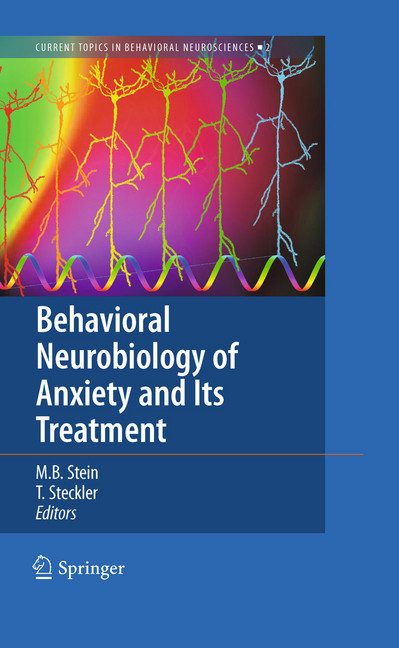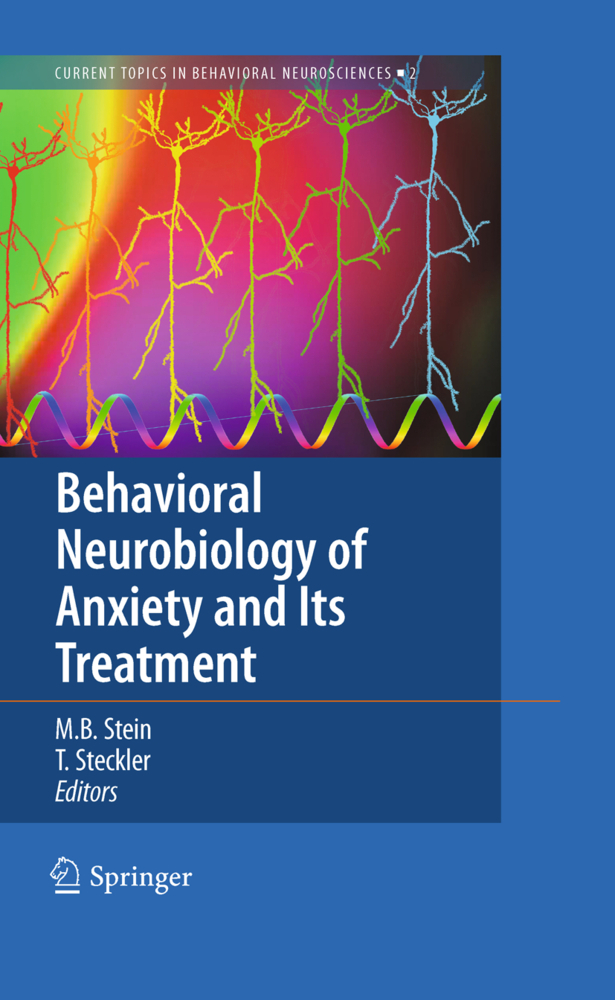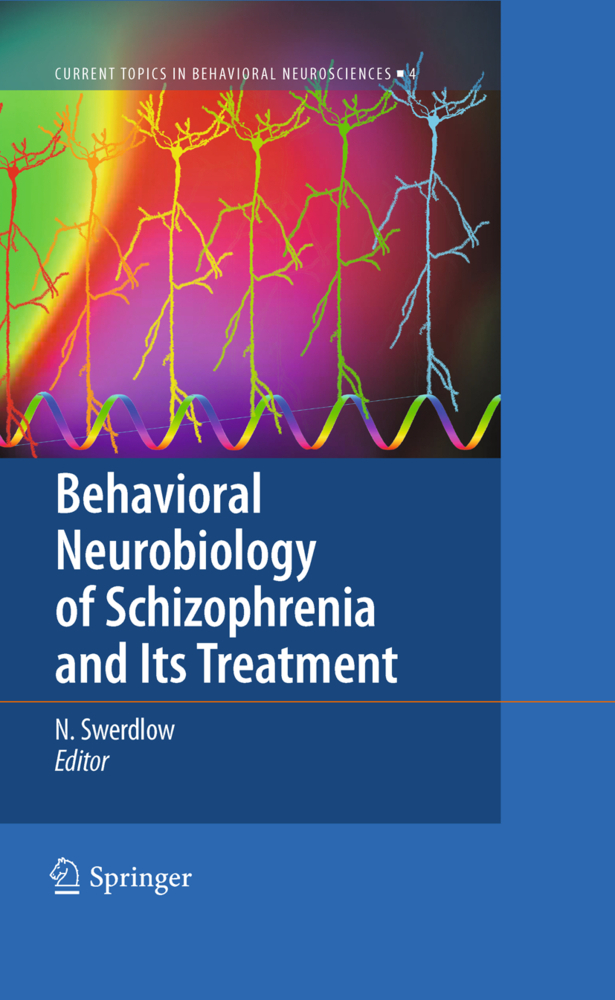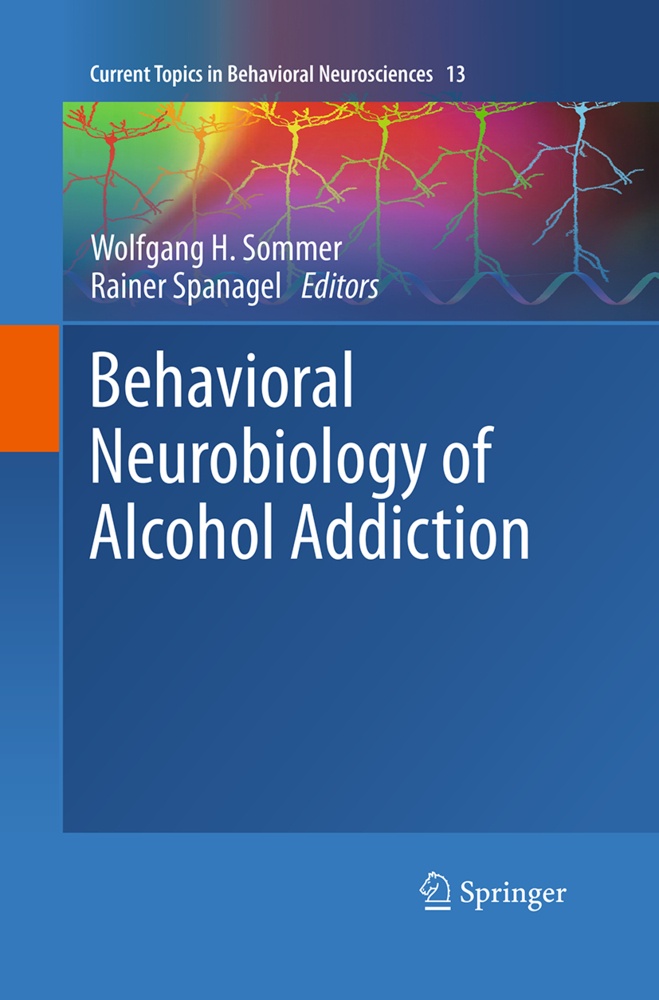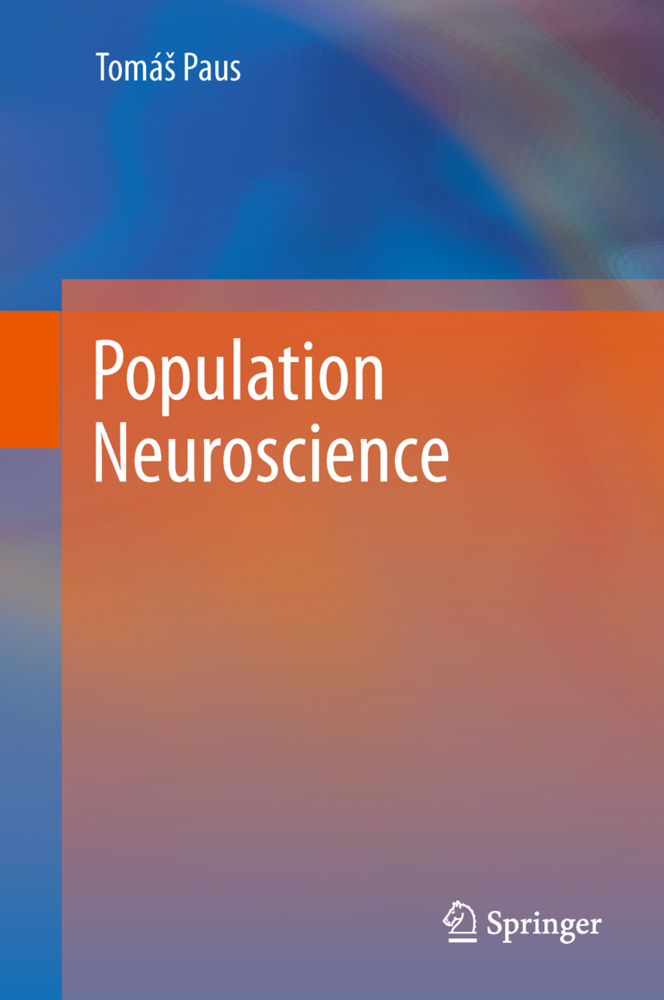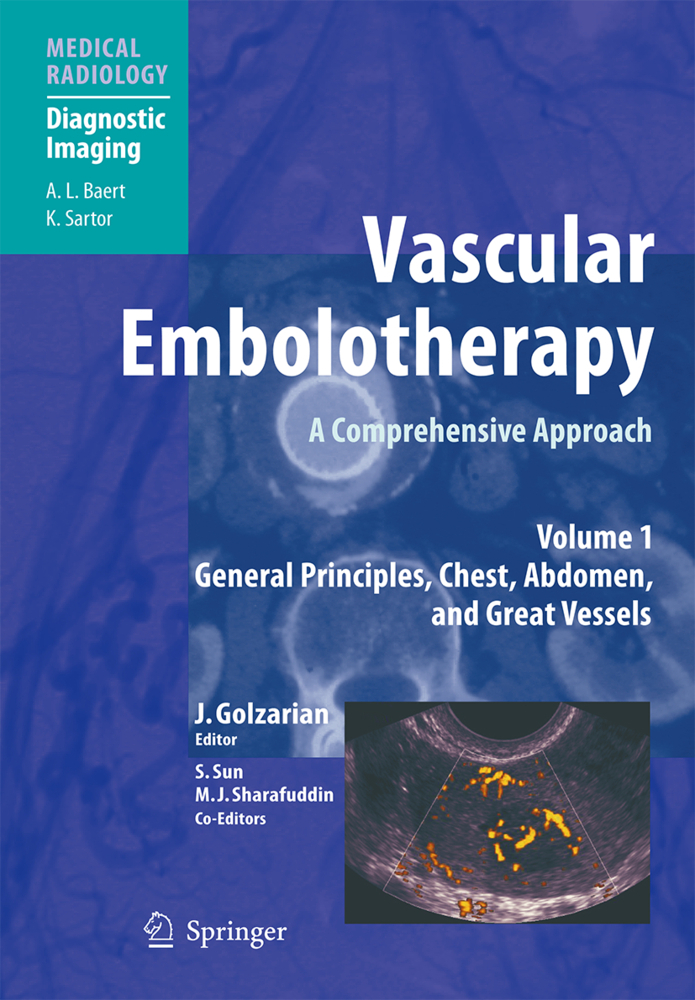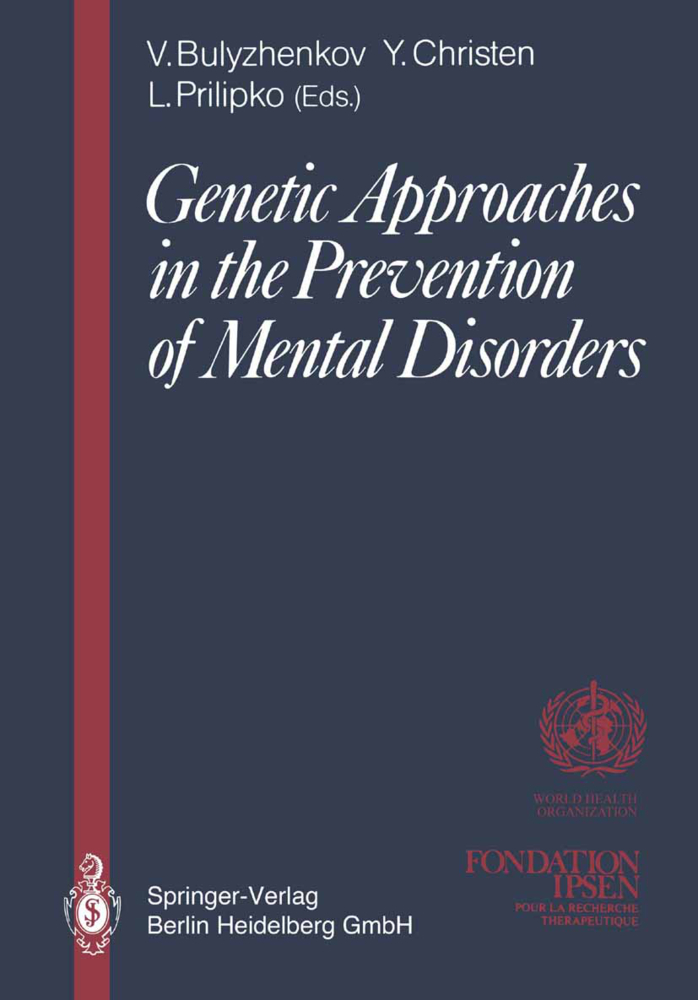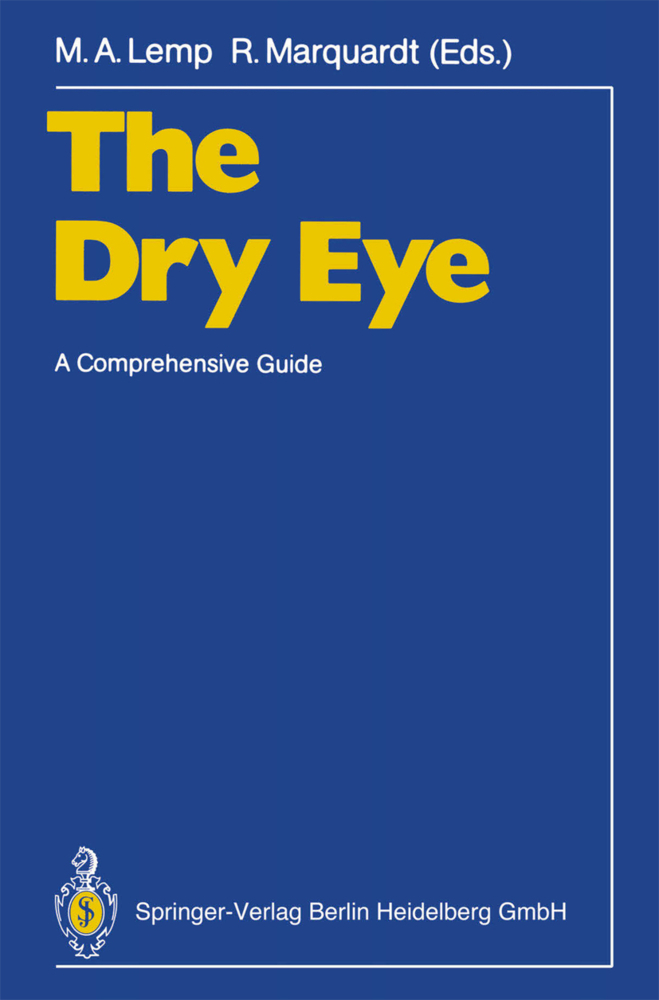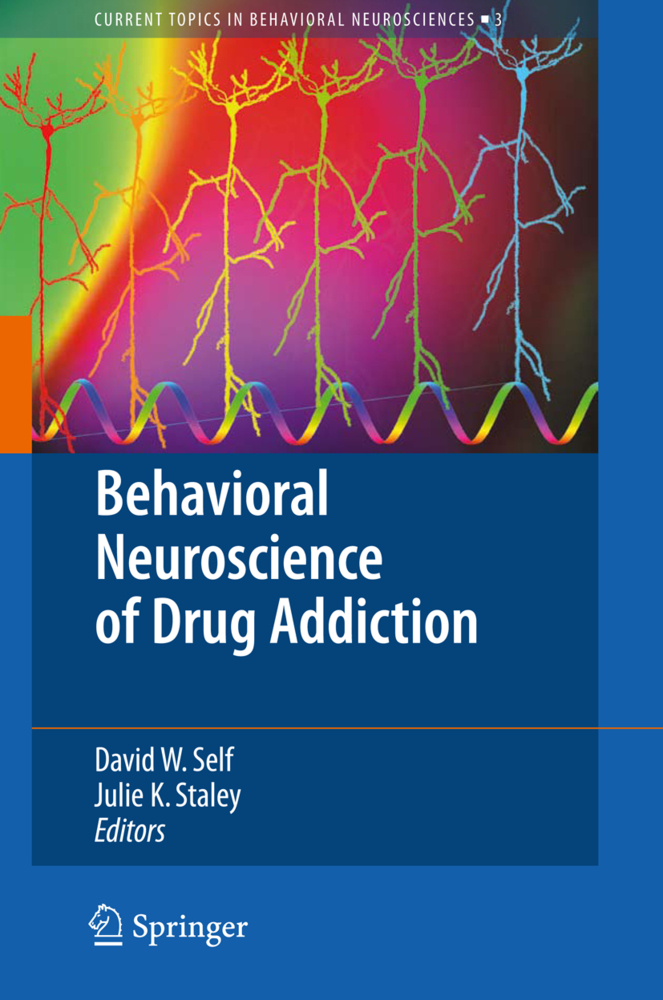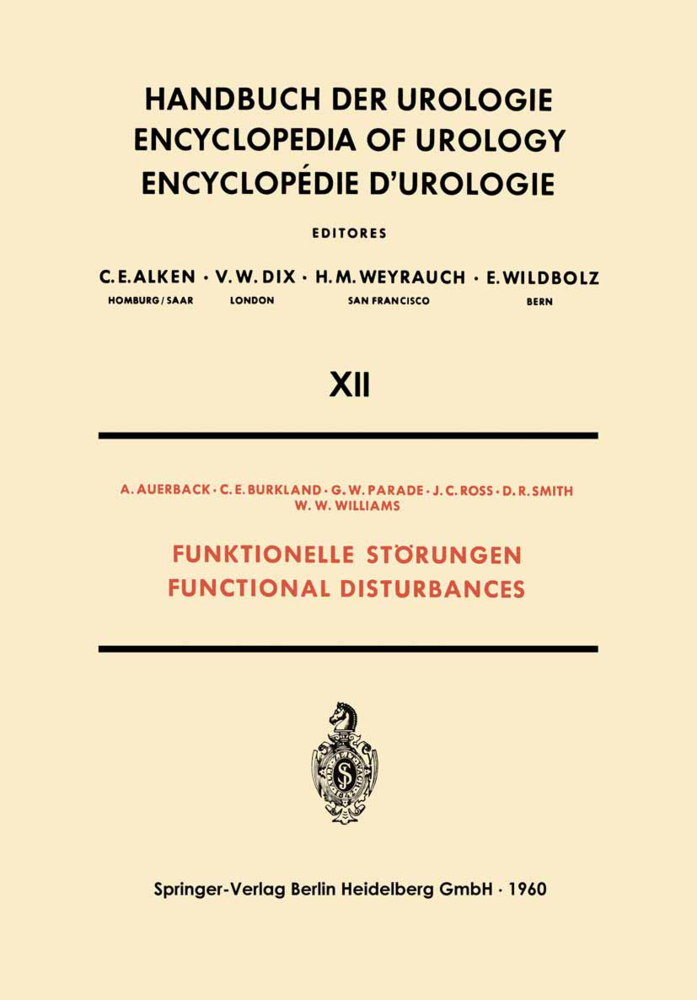Behavioral Neurobiology of Anxiety and Its Treatment
The book aims to cover a broad range of topics related to anxiety disorders, including symptomatology, etiology, epidemiology, diagnostic features, comorbidity, clinical neuroscience, genetics, neuroanatomy, neuroendocrinology, neurochemistry, animal models, translational science, functional neuroimaging, and preclinical and clinical psychopharmacology. The book aims at bringing these disciplines together to provide an update of the field and outlook to the future. Therefore, it will be of use to both the non-clinical and clinical expert, who may use it as a detailed reference book, and the novist to the field, to whom it may serve as an introductory text, providing an overview.
1;Preface;6 2;Contents;10 3;Contributors;14 4;Part I: Anxiety Disorders - Clinical;18 4.1;Anxiety Disorders Diagnosis: Some History and Controversies;19 4.1.1;1 Introduction;20 4.1.2;2 A Brief History of Anxiety Disorders Classification;20 4.1.3;3 Controversy in Classification of Individual Anxiety Disorders;23 4.1.3.1;3.1 Agoraphobia Past and Present, in the United States and Elsewhere;23 4.1.3.2;3.2 Posttraumatic Phenomena;27 4.1.3.3;3.3 Generalized Anxiety Disorder;28 4.1.3.4;3.4 OCD and Putatively Related Conditions;30 4.1.4;4 Summary;30 4.1.5;References;31 4.2;Epidemiology of Anxiety Disorders;36 4.2.1;1 Introduction;37 4.2.2;2 Lifetime Prevalence and Course;38 4.2.2.1;2.1 Prevalence;38 4.2.2.2;2.2 Age-of-onset;39 4.2.2.3;2.3 Persistence;40 4.2.3;3 Special Issues Concerning Particular Anxiety Disorders;41 4.2.3.1;3.1 Agoraphobia Without a History of Panic Disorder;41 4.2.3.2;3.2 Generalized Anxiety Disorder;42 4.2.3.3;3.3 Obsessive-Compulsive Disorder;42 4.2.3.4;3.4 Separation Anxiety Disorder;43 4.2.4;4 Comorbidity Among the Anxiety Disorders;43 4.2.5;5 The Societal Costs of Anxiety Disorders;45 4.2.6;6 Conclusion;45 4.2.7;References;47 4.3;Comorbidity in Anxiety Disorders;51 4.3.1;1 Introduction;52 4.3.2;2 Psychiatric Disorders Comorbidity in Population-Based Studies of Adults;53 4.3.2.1;2.1 Concomitant Comorbidity with Mood Disorders;54 4.3.2.2;2.2 Lifetime Comorbidity with Mood Disorders;54 4.3.2.3;2.3 Concomitant Comorbidity with Substance Use Disorders;55 4.3.2.4;2.4 Lifetime Comorbidity with Substance Use Disorders;58 4.3.2.5;2.5 Comorbidity with Other Psychiatric Disorders;58 4.3.2.6;2.6 Findings from Prospective Studies;60 4.3.3;3 Psychiatric Disorders Comorbidity in Population-Based Studies of Children and Adolescents;60 4.3.3.1;3.1 Lifetime Comorbidity of Childhood and Adult Anxiety Disorders;60 4.3.3.2;3.2 Comorbidity with Mood Disorders;61 4.3.3.3;3.3 Comorbidity with Substance Use Disorders;61 4.3.3.4;3.4 Comorbidity with Other Psychiatric Disorders;62 4.3.4;4 Genetic Epidemiologic Approaches to Comorbidity;62 4.3.5;5 Comorbidity with Physical Disorders;63 4.3.5.1;5.1 Respiratory Conditions;64 4.3.5.2;5.2 Gastrointestinal Conditions;64 4.3.5.3;5.3 Allergies and Atopic Disorders;65 4.3.5.4;5.4 Head Injury;65 4.3.5.5;5.5 Cardiovascular Conditions;65 4.3.5.6;5.7 Conclusion;66 4.3.6;6 Future Directions and Conclusions;67 4.3.7;References;67 5;Part II: Anxiety Disorders - Clinical Neuroscience;74 5.1;Genetics;75 5.1.1;1 Clinical Genetics;76 5.1.2;2 Molecular Genetics;77 5.1.2.1;2.1 Linkage Studies;77 5.1.2.2;2.2 Cytogenetic Studies;78 5.1.2.3;2.3 Association Studies/Interaction Analyses/Meta-Analyses;78 5.1.2.4;2.4 Gene-Environment Interaction Analyses;80 5.1.3;3 Analysis of Intermediate Phenotypes;80 5.1.4;4 Pharmacogenetics;82 5.1.5;5 Discussion and Perspectives;83 5.1.6;References;84 5.2;Neuroanatomy of Anxiety;88 5.2.1;1 Introduction;90 5.2.2;2 Pavlovian Fear Conditioning Studies;90 5.2.3;3 Antipredatory Defensive Systems;93 5.2.3.1;3.1 Amygdalar Systems Involved in Predator Detection;93 5.2.3.2;3.2 The Hipoccampal Formation and the Contextual Analysis for Predatory Environment;94 5.2.3.3;3.3 The Medial Hypothalamic Defensive System;94 5.2.3.4;3.4 The Periaqueductal Gray and the Integration of Antipredatory Responses;95 5.2.4;4 The Septum-Hippocampus and the Behavioral Inhibition System;95 5.2.5;5 The Prefrontal Cortex;97 5.2.5.1;5.1 mPFC and Conditioned Fear;99 5.2.5.2;5.2 mPFC and Innate Fear;100 5.2.5.3;5.3 mPFC and Visceral Reactions to Threat;100 5.2.5.4;5.4 PFC Responses to Stress;101 5.2.6;6 Clinical Findings and Anxiety Disorders;101 5.2.7;7 Conclusions;103 5.2.8;References;104 5.3;Stress and the Neuroendocrinology of Anxiety Disorders;108 5.3.1;1 Stress and Emotional Behavior;109 5.3.1.1;1.1 Mediators of the Stress Response;110 5.3.2;2 Anxiety Disorders and Stress;112 5.3.3;3 Animal Models of Stress and Anxiety;114 5.3.4;4 The Neurocircuitry of Stress - Implications for Anxiety;117 5.3.4.1;4.1 Struct
Stein, Murray B.
Steckler, Thomas
| ISBN | 9783642029127 |
|---|---|
| Artikelnummer | 9783642029127 |
| Medientyp | E-Book - PDF |
| Auflage | 2. Aufl. |
| Copyrightjahr | 2010 |
| Verlag | Springer-Verlag |
| Umfang | 350 Seiten |
| Sprache | Englisch |
| Kopierschutz | Digitales Wasserzeichen |

